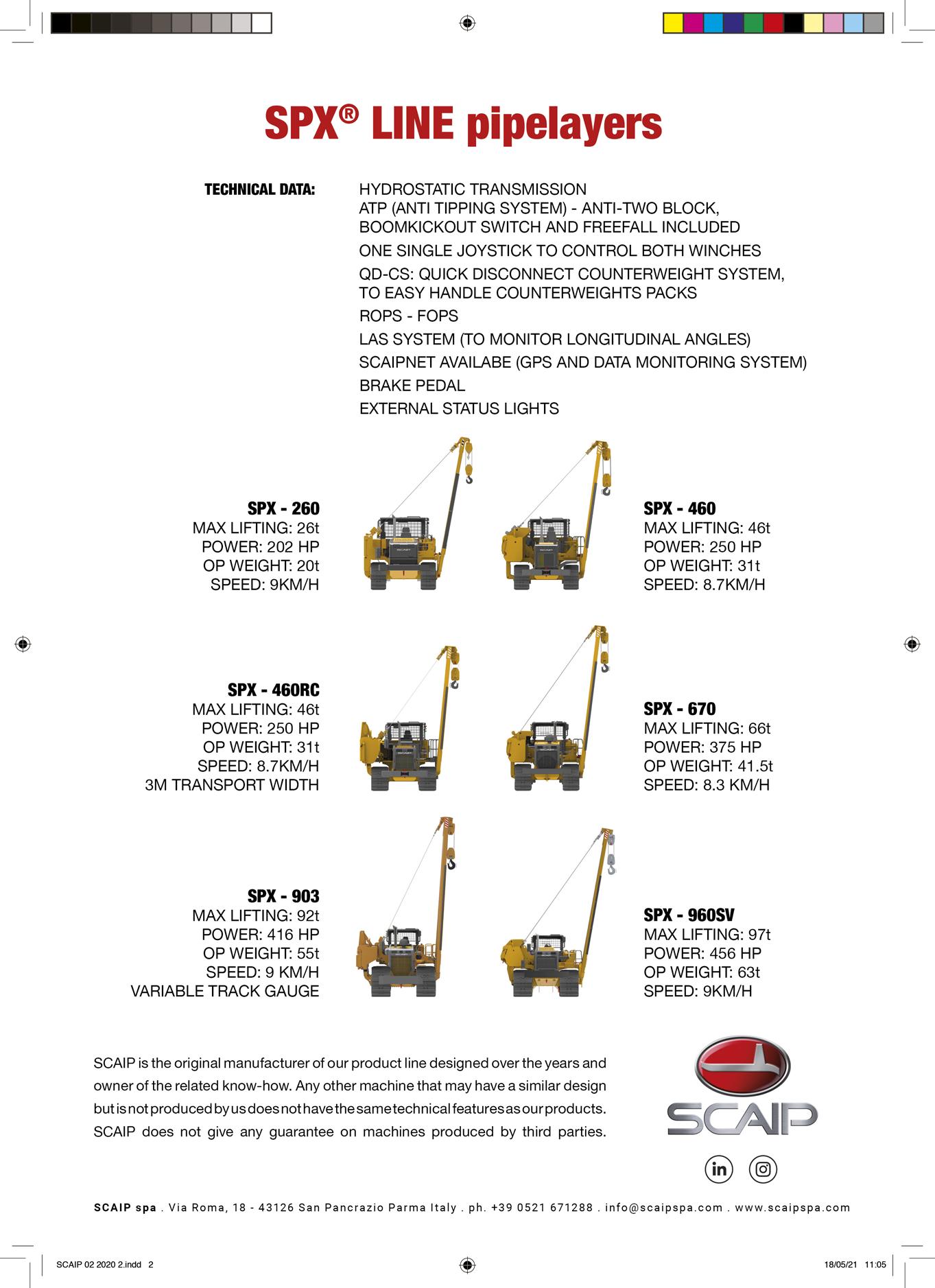
9 minute read
On a mission to cut emissions
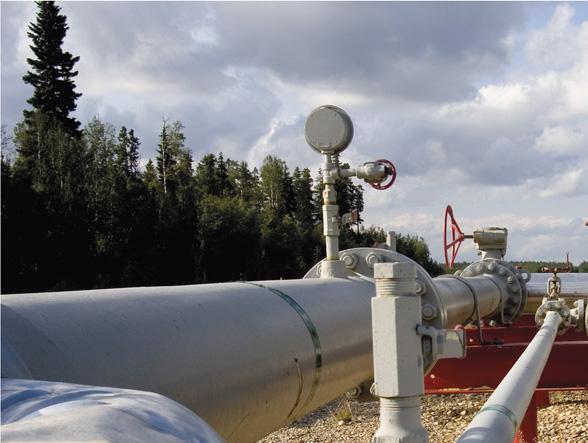
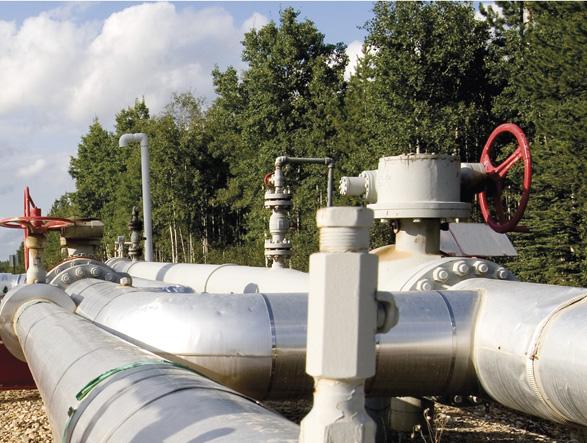
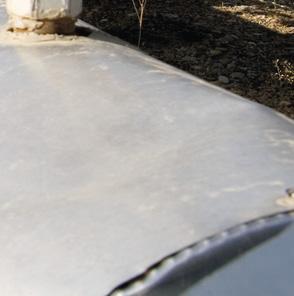
Figure 1. Siemens Energy has exclusive access to ProFlex Technologies’ digital Pipe-Safe™ advanced leak detection technology which, when combined with Siemens Energy’s IoT system, will enable pipeline operators to minimise unplanned releases of product into the ecosystem.
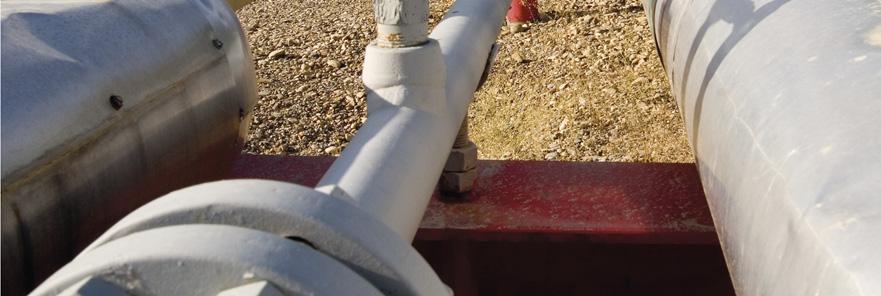


Matthew Grimes, Siemens Energy, and Stuart Mitchell, ProFlex Technologies, USA, describe how IoT and digitalisation are paving the way for new data-driven leak detection techniques.
Spontaneous leaks represent a significant financial and environmental, health, and safety (EHS) risk for the oil and gas industry. This is particularly the case for companies that own and operate an older pipeline infrastructure. In the US alone, it’s estimated that roughly half of the nation’s 2.6 million miles of gathering, distribution, and transmission lines are more than 50 years old.1
Accurately detecting and locating leaks in both new and existing pipe networks has historically been an arduous and expensive undertaking – one that has been made even more difficult in today’s CAPEX-constrained environment. Digitalisation and the Internet of Things (IoT) are paving the way for new data-driven techniques and engagement models that make leak detection more economical, robust, and simpler to deploy. Leak detection challenges Minimising unplanned product releases has always been a priority for pipeline operators. However, in recent years, as scrutiny surrounding the oil and gas industry’s environmental footprint has increased, leak detection has become even more critical.
According to the Pipeline and Hazardous Materials Safety Administration (PHMSA), from 2010 - 2019, there were nearly 3000 serious pipeline incidents (defined as fatality or injury; US$50 000 or more in total costs [1984 dollars]; volatile liquid releases of 5 bbls or other liquid releases of 50 bbls or more; or liquid releases resulting in a fire or explosion) which cost the industry over US$7 billion.2 In each of the top 20 incidents ranked by financial impact, a supervisory, control, and data acquisition (SCADA) system was in place. Despite this, leaks were detected only about half of the time.












These figures make clear the inherent challenges that operators face when it comes to spontaneous leak detection. After all, it is not just a matter of detecting the leak after it occurs, but also identifying its location with some degree of precision. The longer it takes, the more product that is lost.
Over the years, several methods have been developed to minimise the impact of unintentional releases – some more advanced than others. Mass-volume balance calculation continues to be a widely used technique that is based on the principle of mass conservation (i.e. measuring and comparing the amount of product that passes through multiple meters along a route).
Cost-effective and straightforward, mass-volume balancing as a standalone solution does not constitute a comprehensive leak detection strategy because it often fails to detect small product releases. Additionally, the location of the leak is typically localised in between two metering stations, which can be tens or even hundreds of miles apart. Narrowing the location entails dispatching technicians in trucks or conducting aerial flights via a drone/UAV equipped with a specialised camera – both of which take time.
Modern techniques, such as fibre optic sensing, can resolve this problem. However, laying fibre optic cable is highly cost-prohibitive. This is especially the case for existing lines that may have a limited number of service years remaining and routes that traverse harsh and/or remote terrain. Other leak detection methods that have been used in the past with some degree of success include vibroacoustic monitoring with accelerometers, pressure point analysis, and dynamic-model based detection (among others).
Enabling real-time leak detection Negative pressure wave (NPW) based leak detection is a proven technique that has been in practice for decades. The method is based on the premise that when a spontaneous leak occurs, there is a rapid decrease in the oil or gas density where the product escapes from the line. This creates a negative pressure wave (originating at the location of the leak) that propagates along the path of product flow in both the upstream and downstream directions. By installing specialised sensors (i.e. nodes) at multiple locations along the route and measuring the time it takes the wave to reach each sensor, the leak’s location can be determined with a high degree of precision. Because the pressure wave travels at a high rate of speed, leaks can be detected within seconds.
NPW-based sensing has become an attractive leak detection option for operators whose capital budgets have been compressed amidst the low-price environment.
For one, NPW sensing requires very little hardware, making it relatively painless to deploy. In long-distance transmission lines, nodes can be installed via hot tapping at access points without interrupting service to the line. The distance between the nodes is dependent on several variables (e.g. fluid characteristics of the product being transported, the size of the line, pressure, leak size, etc.); however, for a natural gas or crude transmission line, nodes can typically be installed every 15 - 30 miles.
In the past, an oft-cited concern associated with NPW-based detection has been the high rate of false positives. The natural fluid flow within pipelines is an extremely dynamic environment and can result in constant small pressure fluctuations. Detecting negative pressure waves caused by spontaneous leaks amidst this background ‘noise’ has traditionally been a complex undertaking that requires the use of advanced signal processing and data filtering methods.
In recent years, advancements in analytics and cloud computing have drastically improved signal processing, leading to a much lower incidence of false positives. NPW-based detection now represents the best available technology (BAT) for spontaneous leak detection.
Leak detection ‘as a service’ In addition to improving the accuracy and speed of leak detection, IoT-based methods pave the way for new engagement models that minimise and even eliminate the requirement for an upfront capital investment from pipeline operators. For example, Siemens Energy and ProFlex Technologies recently partnered to provide operators with spontaneous leak detection as-a-service (Siemens Energy Spontaneous Leak Detection powered by ProFlex).
The solution leverages ProFlex Technologies’ novel NPWbased advanced signal processing algorithms to rapidly detect and localise small pipeline leaks. Once a leak event has been identified, Siemens Energy’s cloud-based IoT system analyses the leak data in realtime, notifying users through mobile devices, laptops, or via desktop or SCADA system. Leak location in the form of latitude and longitude coordinates is presented on a pipeline asset map and has proven to be accurate to around 20 - 50 ft. Because it utilises a subscriptionbased model, the solution is easily scalable. It can also be deployed on virtually any type of pipeline asset (new build or brownfield), including those carrying products other than oil and gas, such as produced water, hydrogen, or hazardous materials. Critical applications aside from long-distance transmission lines
Figure 2. Leak location data can be sent to a PC or mobile device in real-time.
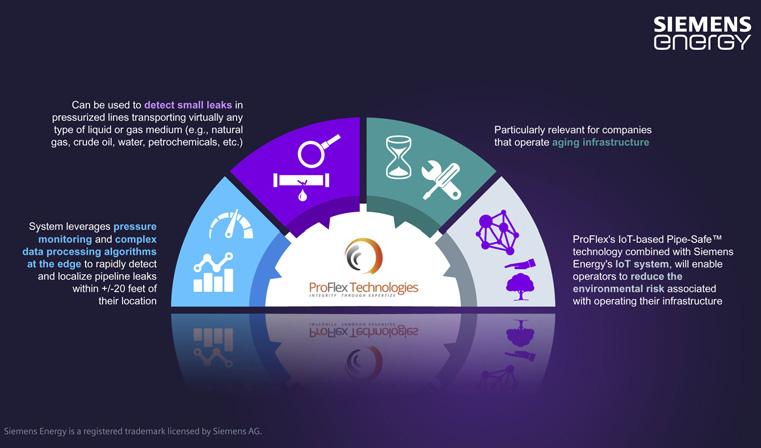
include production gathering networks at well sites and offshore operations.
Layered detection Although it is possible to deploy modern leak detection methods like NPW- and fibre optic-based sensing as standalone solutions, a multi-layered approach can often provide increased security and reduce the impact of an unplanned product release.
Evaluating when and where it is economical to utilise multiple leak detection methods will depend on numerous variables, including the route, the size of the line, proximity to sensitive areas, the product being transported, etc. For instance, an operator may have a pipeline section that routes through a populated area or protected wetland. In such cases, NPW-based sensing combined with traditional methods, such as mass balancing or point pressure analysis, would constitute an effective and costefficient strategy.
In some cases, operators may wish to target a section that is deemed high risk for a leak either because of possible corrosion or due to external factors, such as nearby construction/excavation activities.
In the event of a leak, the system would send automated messages to pre-determined personnel, eliminating the need for a field technician to be physically monitoring or patrolling the route. Users would also be able to retrieve data from the sensors remotely in real-time or shut them off if the line is temporarily being taken out of service for maintenance.
Conclusion Pipeline operators are under intense pressure from investors, activists, and regulatory bodies to reduce environmental impacts and improve sustainability. Although the first line of defense in mitigating the risk of accidental product releases has always been to maintain infrastructure proactively, spontaneous leaks will inevitably occur.
The PHMSA ‘Mega Rule’, which took effect on 1 July 2020, extended the required use of leak detection systems beyond high consequence areas to all regulated, non-gathering hazardous liquid pipelines.3 As operators look to ensure compliance, they face the inevitable question of cost.
With recent advancements in cloud computing and data analytics, NPW sensing now represents a highly effective and economical means of detecting the presence and location of small spontaneous leaks in real-time. It is likely that it, along with fibre optic sensing and other IoT-based techniques, will eventually become the standard as the industry drives toward a greener and more environmentally conscious future.







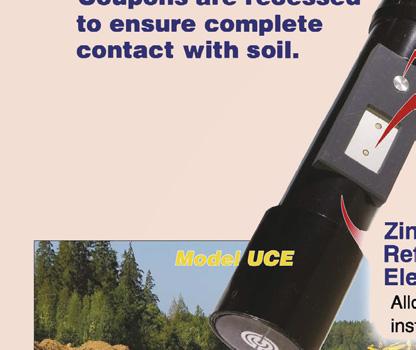










Figure 1. ABB AbilityTM Condition Monitoring software solution.














